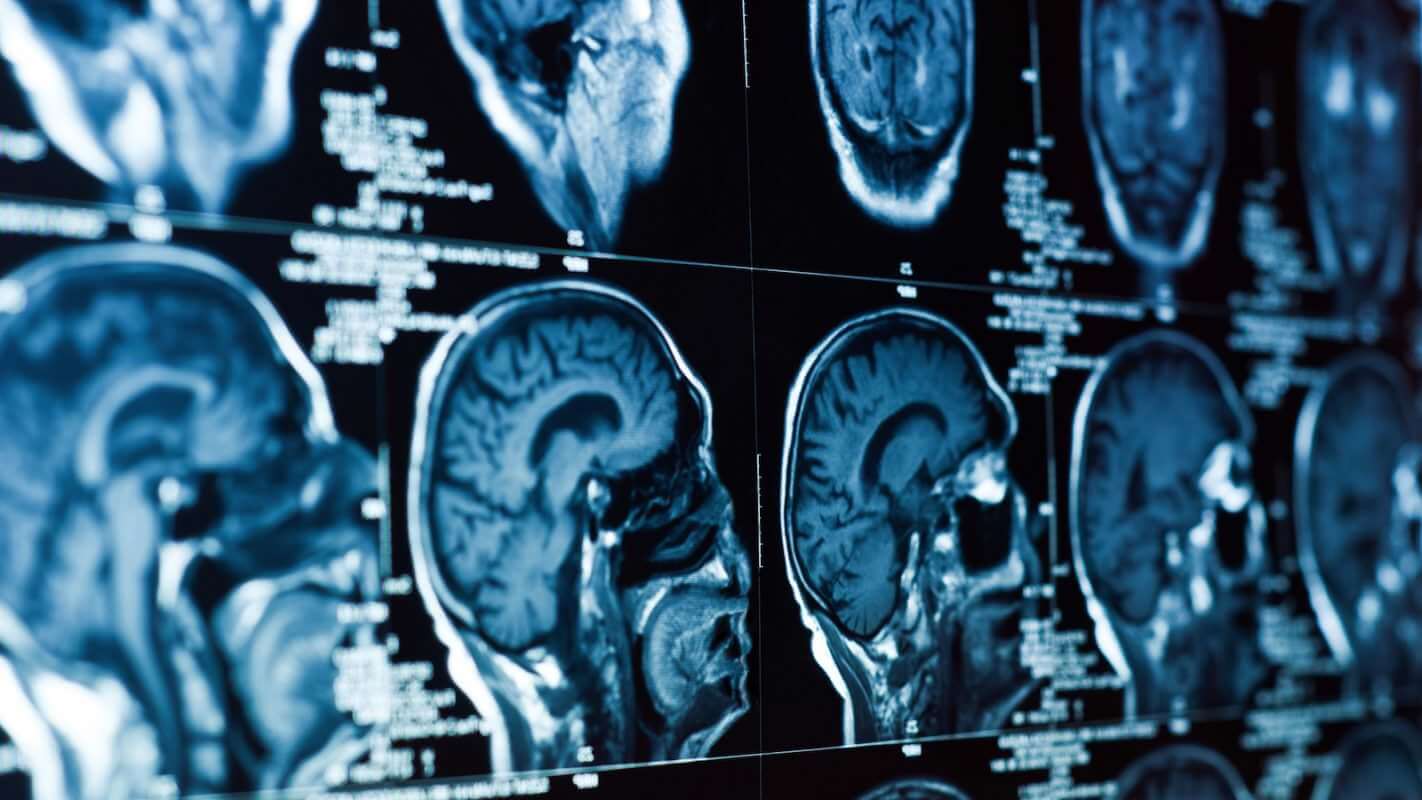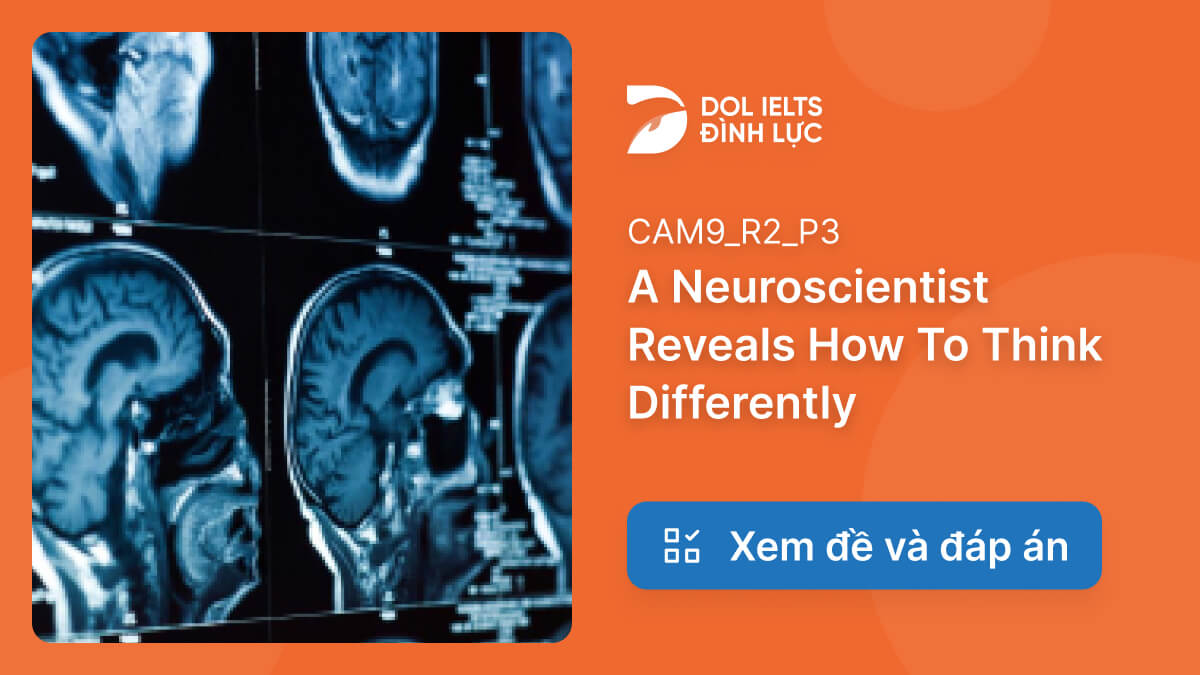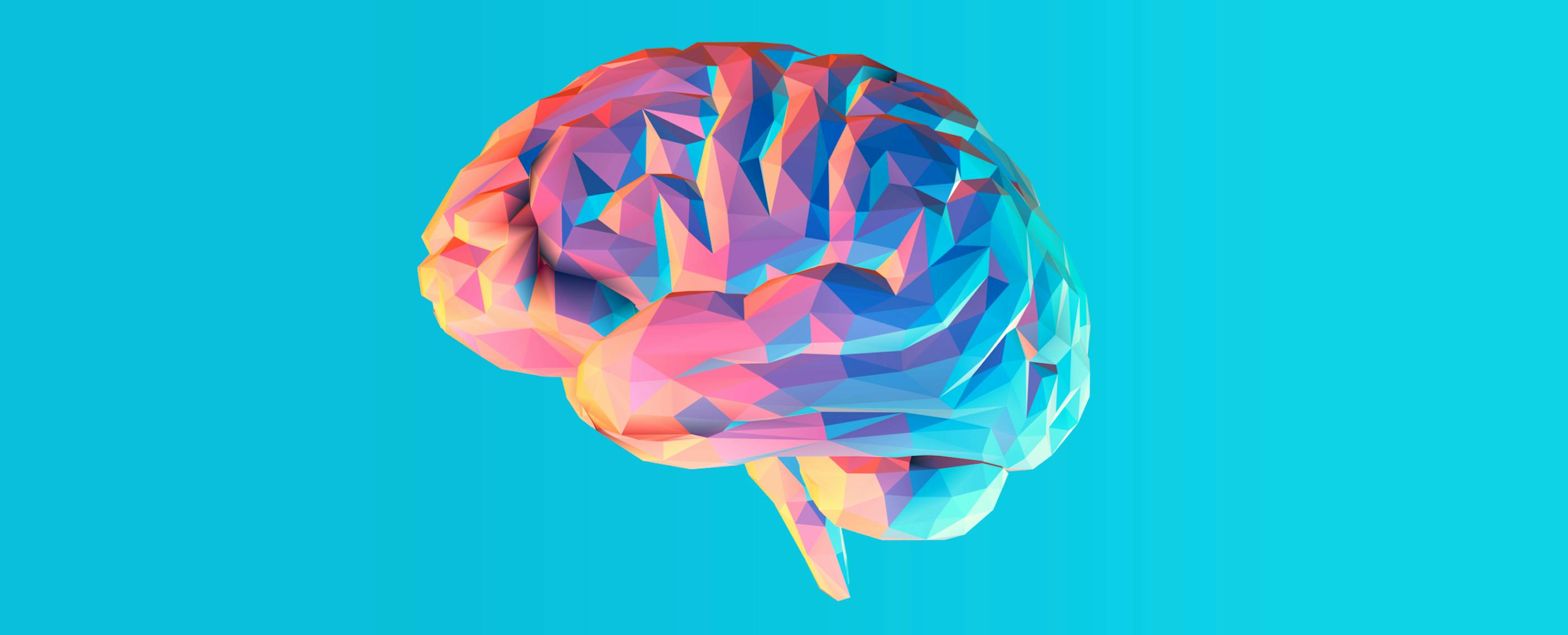[GIFT IDEAS] Iconoclast A Neuroscientist Reveals How to Think Differently video Dailymotion
All people have three natural roadblocks in their brains that stand in the way of truly innovative thinking: flawed perception, fear of failure, and the inability to persuade others. But, like iconoclasts, you can break through these barriers. Leading neuroscientist Gregory Berns shows how in his tour of the science behind thinking differently.

Pin by Njabu LisOh' on The more you read, the more places you'll go Dr Seuss in 2020 Science
Unlock the secrets of thinking differently in IELTS Academic Reading with Cambridge 9, Test 2, Reading Passage 3. Delve into a neuroscientist's insights on thinking outside the box. Discover the best solutions and comprehensive explanations to excel in the IELTS exam. Enhance your reading skills and broaden your perspective.

Đáp Án Và Giải Thích A Neuroscientist Reveals How To Think Differently IELTS Reading Practice
2023's Mind-Bending Revelations in the Brain Sciences. This year the explosion of interest in AI had a profound impact on how experts in the fields of neuroscience and psychology think about.

NeuroScientist Reveals How to Think Differently// IELTS Reading//English With Sharmin YouTube
Though indispensable, true iconoclasts are few and far between. In Iconoclast, neuroscientist Gregory Berns explains why. He explores the constraints the human brain places on innovative thinking, including fear of failure, the urge to conform, and the tendency to interpret sensory information in familiar ways.

A neuroscientist reveals how to think differently Cambridge IELTS Book 9 Test 2 Passage 3
In Iconoclast, neuroscientist Gregory Berns explains why. He explores the constraints the human brain places on innovative thinking, including fear of failure, the urge to conform, and the tendency to interpret sensory information in familiar ways. Through vivid accounts of successful innovators ranging from glass artist Dale Chihuly to.

Iconoclast A Neuroscientist Reveals How to Think Differently Harvard Business Publishing
It turns out that when we are in love, our brain reacts differently. It makes the object of our affections the centre of our lives. ANU lead researcher and PhD student Adam Bode says the study.

Neuroplasticity, or the brain's ability to remodel itself, enables us to interpret all kinds of
No organization can survive without iconoclasts -- innovators who single-handedly upturn conventional wisdom and manage to achieve what so many others deem impossible. Though indispensable, true iconoclasts are few and far between. In Iconoclast, neuroscientist Gregory Berns explains why. He explores the constraints the human brain places on innovative thinking, including fear of failure, the.

A Neuroscientist Reveals How To Think Differently PDF Perception Brain
Answer: A Locate. 13 The concept of the social brain is useful to iconoclasts because it. Answer: B Locate. 14 Iconoclasts are generally an asset because their way of thinking. Answer: C Locate. A neuroscientist reveals how to think differently reading practice test has 14 questions belongs to the Science subject.

Cambridge IELTS 9, Test 2, Reading Passage 3 A Neuroscientist Reveals How to Think Differently
You can opt-out at any time. An influencer shared a theory about how he thinks millionaires view and use their money to build more wealth, but it led to pushback from viewers who felt it was.

IELTS9 A neuroscientist reveals how to think differently,TEST2,Reading answers YouTube
In Iconoclast, neuroscientist Gregory Berns explains why. He explores the constraints the human brain places on innovative thinking, including fear of failure, the urge to conform, and the tendency to interpret sensory information in familiar ways. Through vivid accounts of successful innovators ranging from glass artist Dale Chihuly to.

Từ Vựng Bài Đọc A Neuroscientist Reveals How To Think Differently IELTS Reading Practice dol
2 A Neuroscientist Reveals How to Think Differently- IELTS Reading Answers with Location and Explanations. 3 Tips for Answering the Question Types in the A Neuroscientist Reveals How to Think Differently- IELTS Reading Answers. 3.1 Multiple Choice Question. 3.2 Yes/ No/ Not Given. 3.3 Matching Sentence Endings.

A Neuroscientist Reveals How To Think Differently IELTS Reading Answers with Explanation IELTS
Iconoclast: A Neuroscientist Reveals how to Think Differently. No organization can survive without iconoclasts innovators who single-handedly upturn conventional wisdom and manage to achieve what so many others deem impossible. Though indispensable, true iconoclasts are few and far between. In Iconoclast, neuroscientist Gregory Berns explains why.
/cdn.vox-cdn.com/uploads/chorus_image/image/61810835/0.0.jpg)
A neuroscientist explains the limits and possibilities of using technology to read our thoughts
C. a result of brain processes. D. a process we are usually conscious of. 5. According to the writer, an iconoclastic thinker. A. centralises perceptual thinking in one part of the brain. B. avoids cognitive traps. C. has a brain that is hardwired for learning. D. has more opportunities than the average person.
Iconoclast a neuroscientist reveals how to think differently pdf
"In order to think creatively, and imagine possibilities that only iconoclasts do, one must break out of the cycle of experience-dependent categorization-or what Mark Twain called "education." For most people, this does not come naturally. Often the harder one tries to think differently, the more rigid the categories become.

Neuroscientist What People Think I Do / What I Really Do Know Your Meme
A Neuroscientist Reveals How to Think Differently. In the last decade, a revolution has occurred in the way that scientists think about the brain. We now know that the decisions humans make can be traced to the firing patterns of neurones in specific parts of the brain. These discoveries have led to the field known as neuroeconomics, which.

This Neuroscientist Wants to Know Your Brain On Art—and How It Improves Learning EdSurge News
Gregory Berns, M.D., Ph.D., is an associate professor of psychiatry and behavioral sciences at Emory University. He studies the relationship of neural systems to behavior by using a combination of computational and functional imaging techniques. His lab is particularly interested in the role of the basal ganglia in processing novelty and reward.